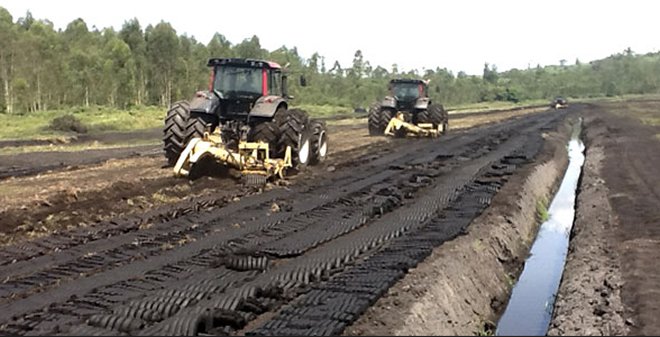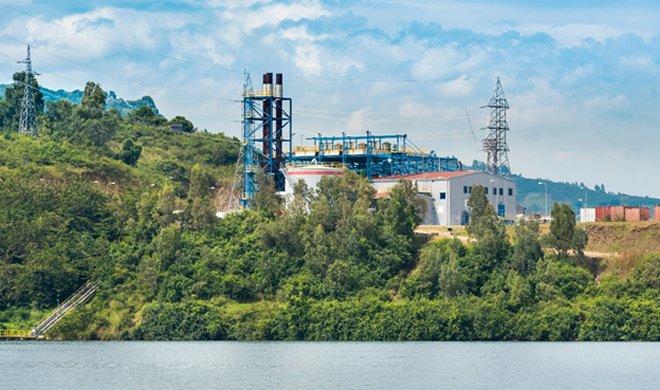Rwanda is scaling up efforts to exploit the vast peat reserves and generate electricity much needed to meet its energy demand.
With recent success on the lake Kivu methane gas project which global scientists had discouraged, the country feels it can as well turn its peat into a major source of electricity.
Rwanda has set a target of increasing its generation capacity to 563MW by 2018 from the current less than 200MW.
According to a survey conducted by US firm Ekono Inc, Rwanda has an estimated reserve of 155 million tons of dry peat spread over an area of about 50,000 hectares.
By 2017, Rwanda plans to develop its peat resources to generate about 200 MW of power.
The government has injected $400 million into extraction 80MW of peat energy from Akanyaru valley in Gisagara district, Southern Rwanda.
The new peat-to-power project run by Turkey-based Hakan-an Independent Power Producer, will together with Gishoma power project in Rusizi district, Western Rwanda supply 95MW of peat energy to the national grid.
Meanwhile, Eng. Gaspard Nkurikiyumukiza who runs the Gisagara-based peat project, said Akanyaru valley has peat that would serve the plant for 26 years.
Although several scientists have criticized some of Rwanda’s ambitious energy generation plans, President Paul Kagame thinks otherwise.
During the 12th National Leadership Retreat in March 2015, Kagame expressed concern over failures in the energy sector.
He said the Infrastructure Ministry and Rwanda Development Board were ‘humiliatingly’ responsible.
Kagame criticised the two institutions for failing to execute Gishoma power project that would generate 15MW but suffered technical failures.
Leaders of the two institutions promised the President to rework on the peat project.
Rwanda wants to cut down dependence on hydro-power by 55% next year and 50% in the next 4 years.
A massive solar project at Agahozo Shalom Village in Rwamagana district, Eastern Province, produces 8.5% MW.
The fully operating $23.7m project, built on a 21-hectare field is covered with over 28,000 solar panels, is the largest in East African region.
Another solar plant is built on Mount Jali in the outskirts of the capital Kigali, providing up to 250KW into the national grid since 2007. There are plans to strengthen its capacity to generate 1MW.
Currently, Africa consumes only 12% of the world’s hydropower potential, despite its rich resources to produce the required power.
President Kagame, while attending 51st African Development Bank Meeting in Zambia last week, said he feels ‘Ashamed’ the continent still struggles to get electricity.
“Lighting and powering Africa really means industries. We won’t be able to achieve that by just off-grid solutions. The approach for us is making sure we indeed have the right mix,” he said.
African Development Bank is a key donor to Rwanda’s journey to cut down energy deficits.
The Bank provided $15.8million to KivuWatt methane gas extraction projected to produce 100MW.
Meanwhile, in 2014, President Kagame inked a deal worth €3.3 billion with European Union to finance production of clean energy projects in the country.
The funding is part of the €2billion to fund similar projects in five African countries including Rwanda, Cape Verde, Cote d’Ivoire, Liberia and Togo.



